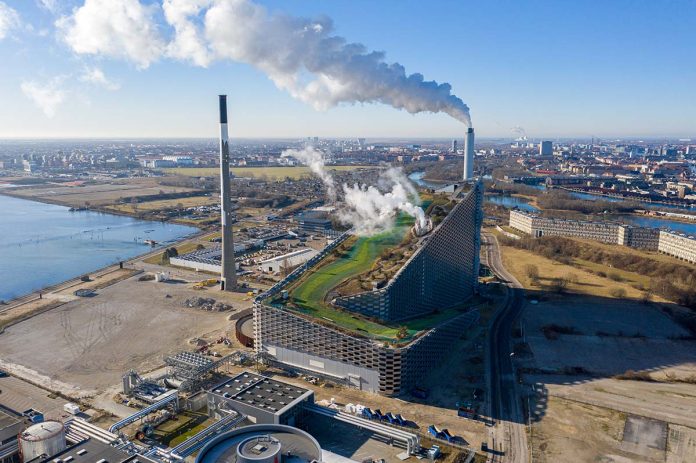Copenhagen is one of those cities capable of astonishing you: you imagine it as a cold northern European capital and you find it sparkling, alive, with corners capable of making you fall in love, unexpected as only beauty can reveal itself. Not only: Denmark’s capital is one of the most interesting European centres for those who love architecture, art, design and innovative ideas.

In June (7th through 9th to be precise), the whole city is the venue 3daysofdesign, an event that celebrates its tenth iteration this year and is attracting the attention of many operators in the sector. The festival will take place in thirteen different districts of the city, with 280 brands unveiling their latest creations in furniture, lighting, accessories, materials and high-quality craftsmanship (all information can be found on the event website).
Whether you are in Copenhagen for the festival or simply on holiday, the opportunity is right to visit the city and discover its design soul. Here is our to do list, for 24 hours in Copenhagen of absolute magic.
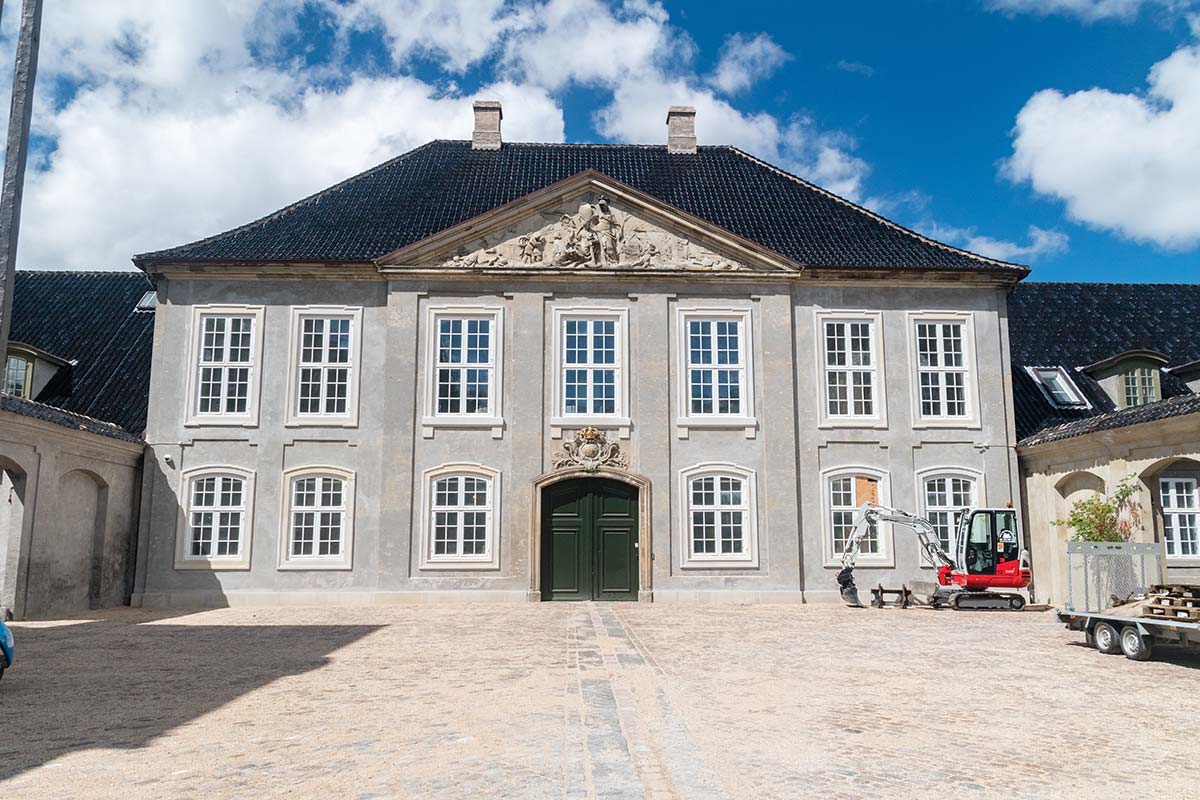
Louisiana Museum of modern Art and DesignMuseum Danmark
The Lousiana Museum of Modern Art in Humlebæk, just north of the city, is undoubtedly the most important museum facility in the whole of Denmark. It is a reference point for contemporary art worldwide, with interesting insights into design, architecture and nature as well. And a magnificent garden. While the Designmuseum Denmark offers its visitors some of the most important works by internationally renowned Danish designers such as Arne Jacobsen, Jacob Jensen and Kaare Klint. Not to be missed.
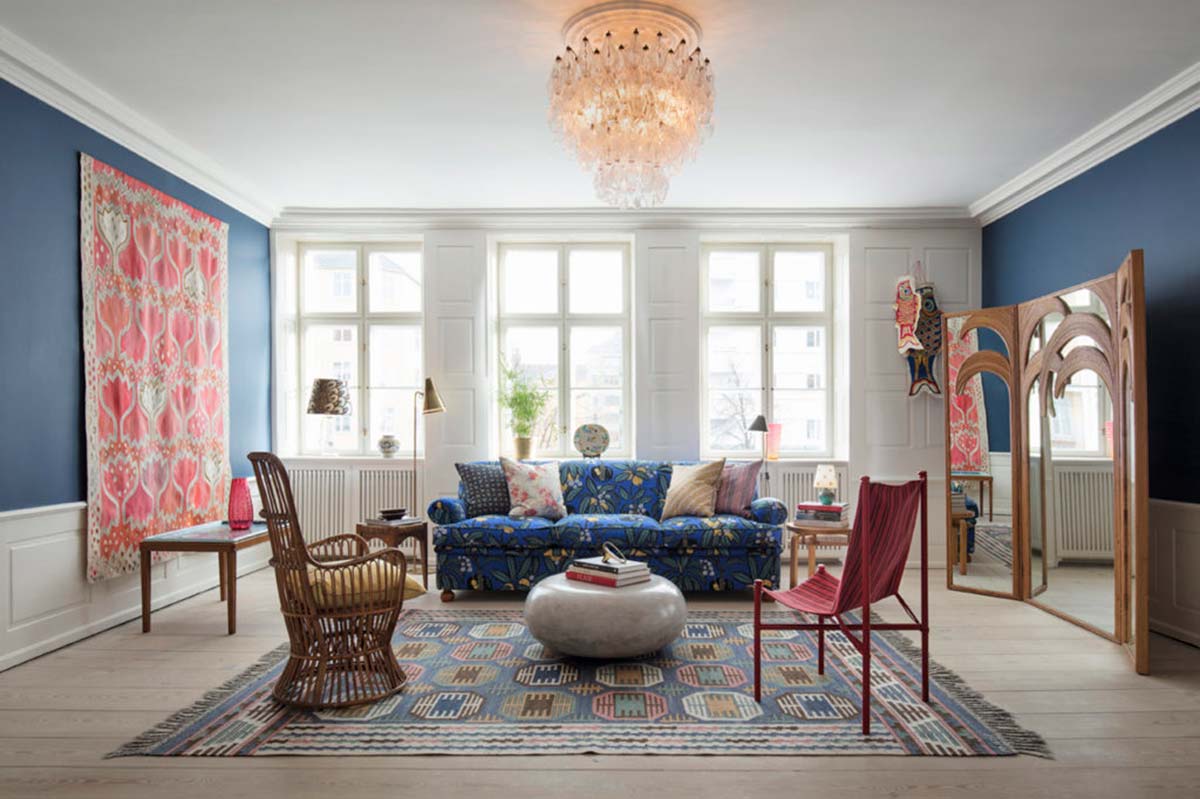
The Apartment and the Radisson Collection Royal Hotel
A house in which the décor is always changing: a true paradise for interior design lovers. The Apartment is located on the second floor of a building in the city centre and everything on display can be purchased. It is a decidedly homemade shop with valuable pieces of contemporary art and design.
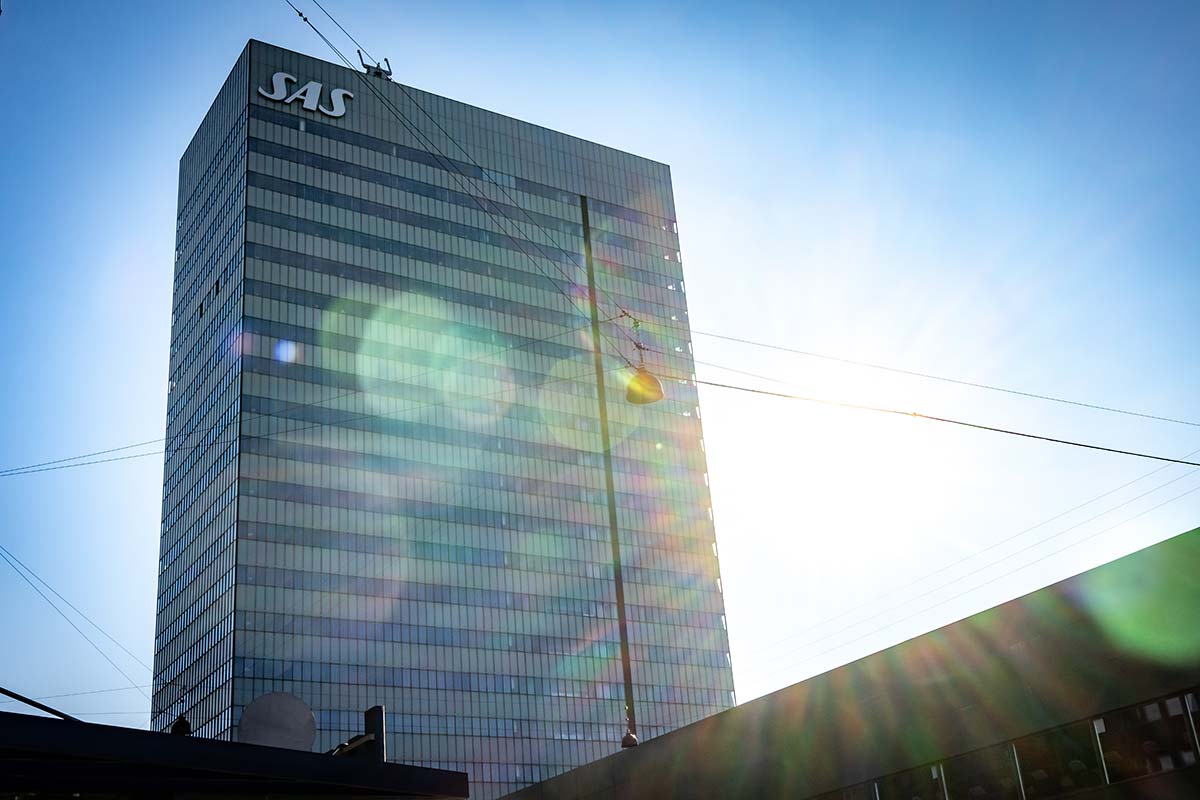
The Radisson Collection Royal Hotel is undoubtedly one of Copenhagen’s design flagships. It is, in fact, the world’s first design hotel and the only one signed by the famous designer and architect Arne Jacobsen, who made it the true home of Danish modernism. Built in 1960, the building still dominates the city skyline. A must-see is Room 606, preserved with its original furnishings and decor.
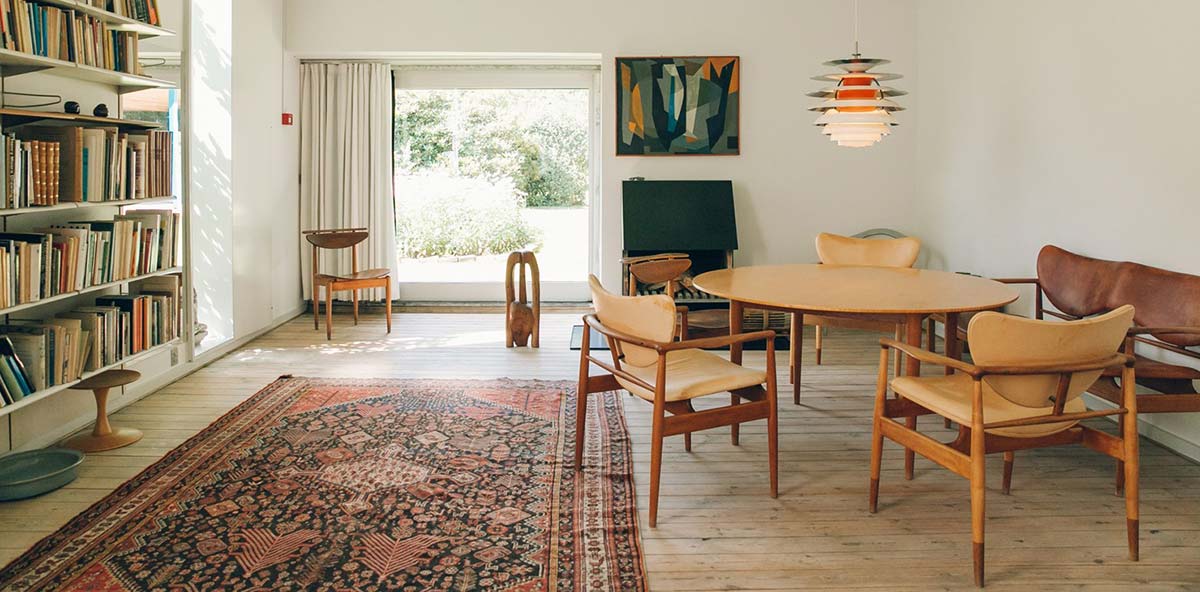
Finn Juhl’s house
In the suburb of Charlottenlund is Ordrupgaard, a museum with an important collection of French and Danish art of the late 19th century. In the park surrounding it, there is also an extraordinary piece: the house of architect Finn Juhl, one of the fathers of Danish design, which is perfectly preserved and can be visited. Also worth seeing are the modern additions to the museum’s historical structure, two architectures designed by Zaha Hadid and studio Snøhetta.
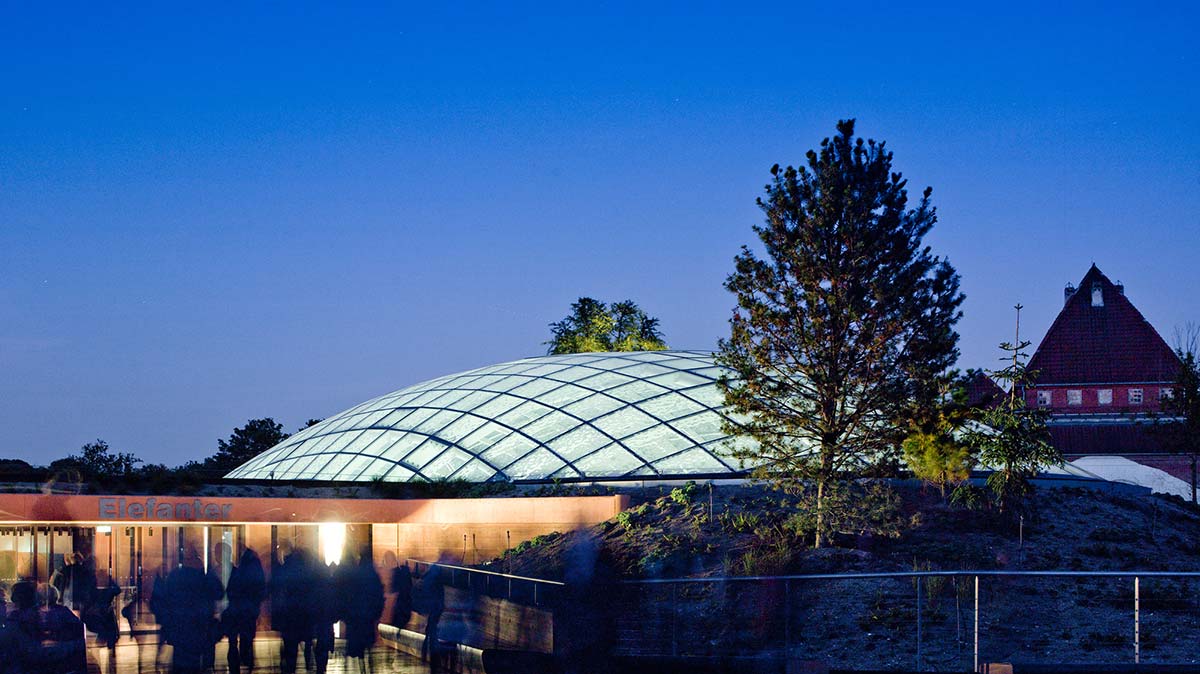
The Elephant House
The “elephant house” at the Copenhagen Zoo is a perfect example of how architecture, even auteur architecture, must always take into account those who then live it every day. The pavilion, designed by Foster and Partners, was in fact built to create a stimulating environment for the animals that inhabit it and – at the same time – to help visitors see the elephants in a discreet but complete way. The structure consists of two different enclosures, covered by light glass domes with windows that allow natural lighting and ventilation and a constant view of the sky. Mud puddles and scattered ponds contribute to creating a space within which the animals can move and interact naturally.
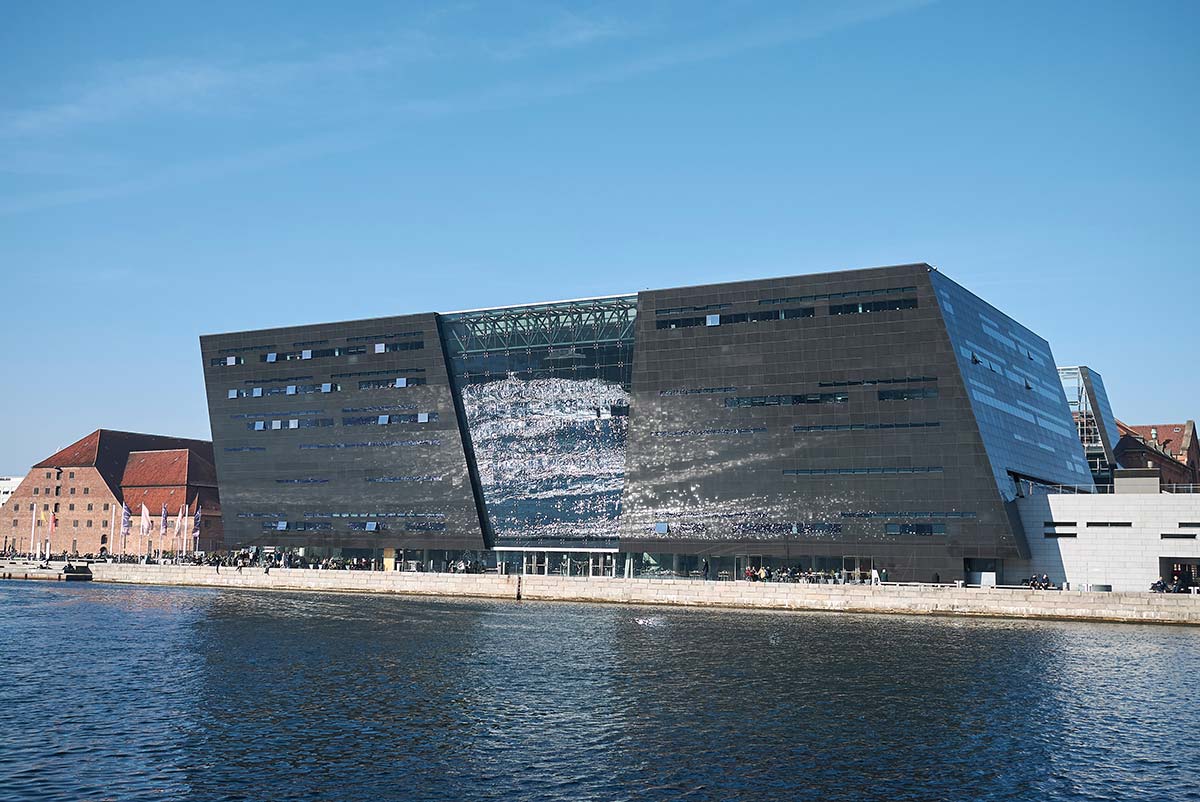
Black Diamond, CopenHill and the harbour
The Black Diamond is one of Copenhagen’s most famous buildings. It is an extension of the Royal Danish Library and owes its nickname to the shiny black granite cladding and its irregular angles. Designed by Danish architects Schmidt Hammer Lassen, Copenhagen’s Black Diamond was completed in 1999 and is located on the city’s waterfront.
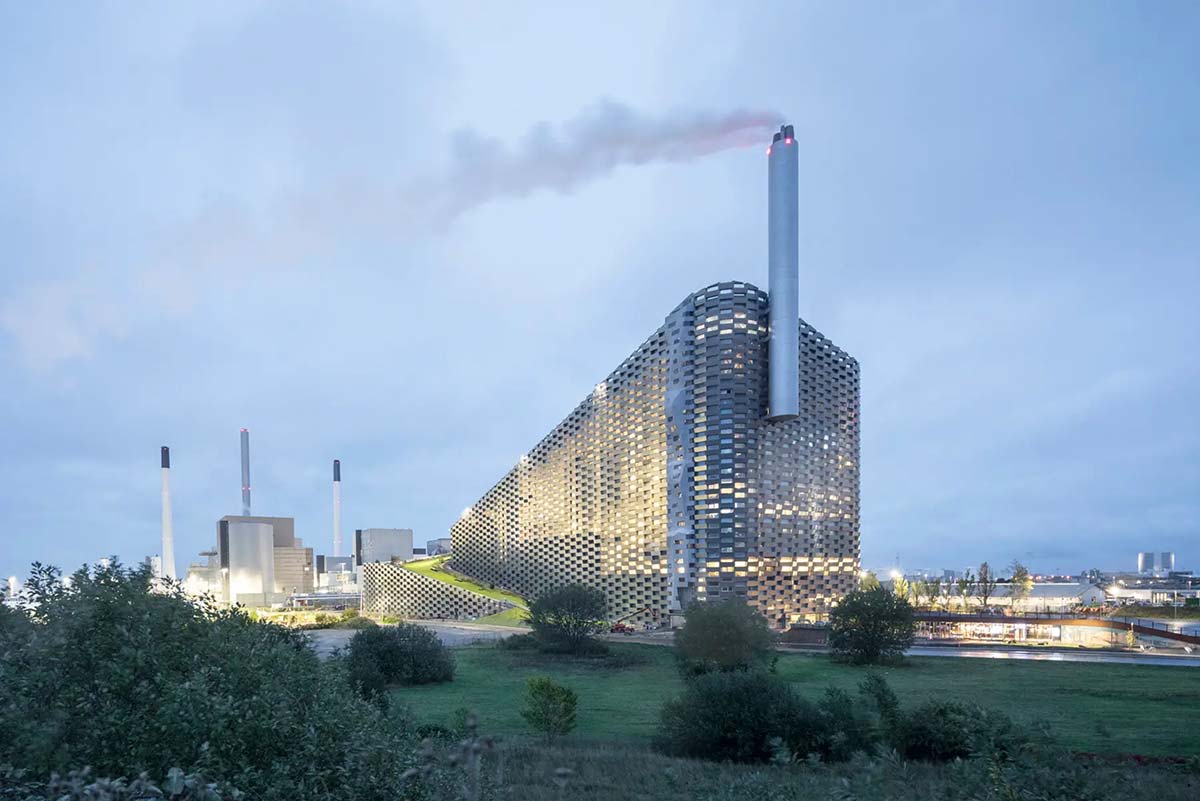
CopenHill is the perfect example of how sustainability and design can safely coexist and, indeed, enhance the urban context. This “gentle giant” is none other than a waste-to-energy plant, built on the eastern side of the city, which, in addition to producing energy by burning waste, also houses a small ski resort consisting of three different slopes, trekking routes and spaces for sports.

Another formidable example of urban redevelopment is the industrial port, which has in recent years become a lively public space with recreational activities, bathing areas, major residential complexes, leisure and event venues.

8 House Residential Complex, Refshaleøen and Blox Quarter
8 House, a.k.a. “Big House”, is a residential-commercial complex with a striking 8-shaped floor plan, located on the southern perimeter of the new city suburb of Ørestad. It was designed by Bjarke Ingels, and on 61,000 square metres it alternates between different types of housing and 10,000 square metres of commercial and office space.
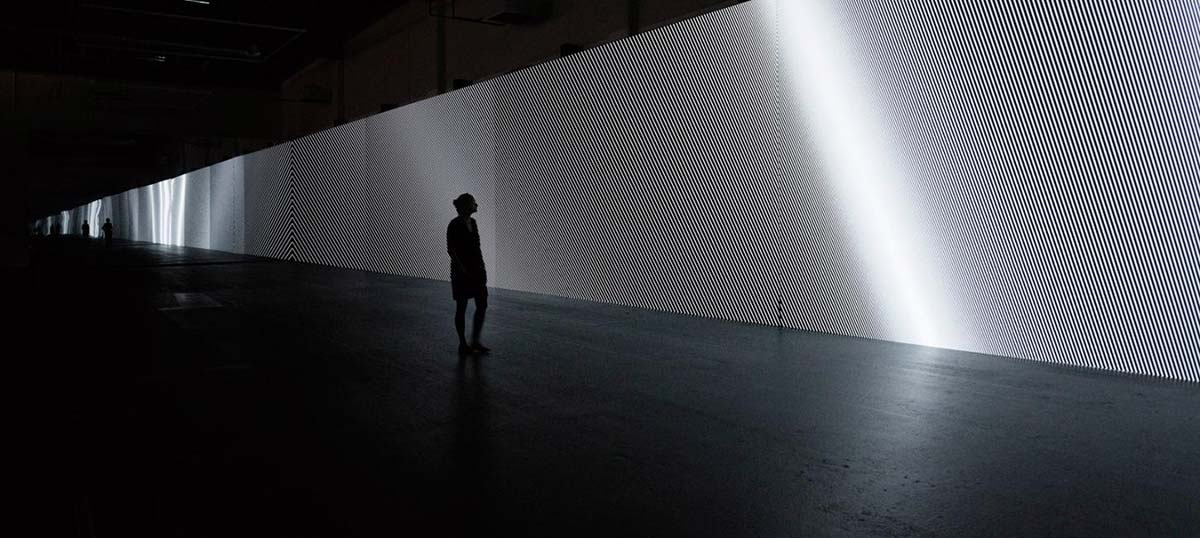
The Refshaleøen district is one of the most vibrant and lively in Copenhagen. From a former industrial district, the area has become a melting pot of creative ideas, alternative urban development, festivals, art galleries and restaurants. Like all areas of the Danish city, it is easily accessible by bicycle or public transport.

Blox is a striking co-working space with flats built in a very unusual structure with stacked glass blocks. The project is designed by the Dutch architecture firm OMA and also houses the Danish Architecture Centre (DAC).
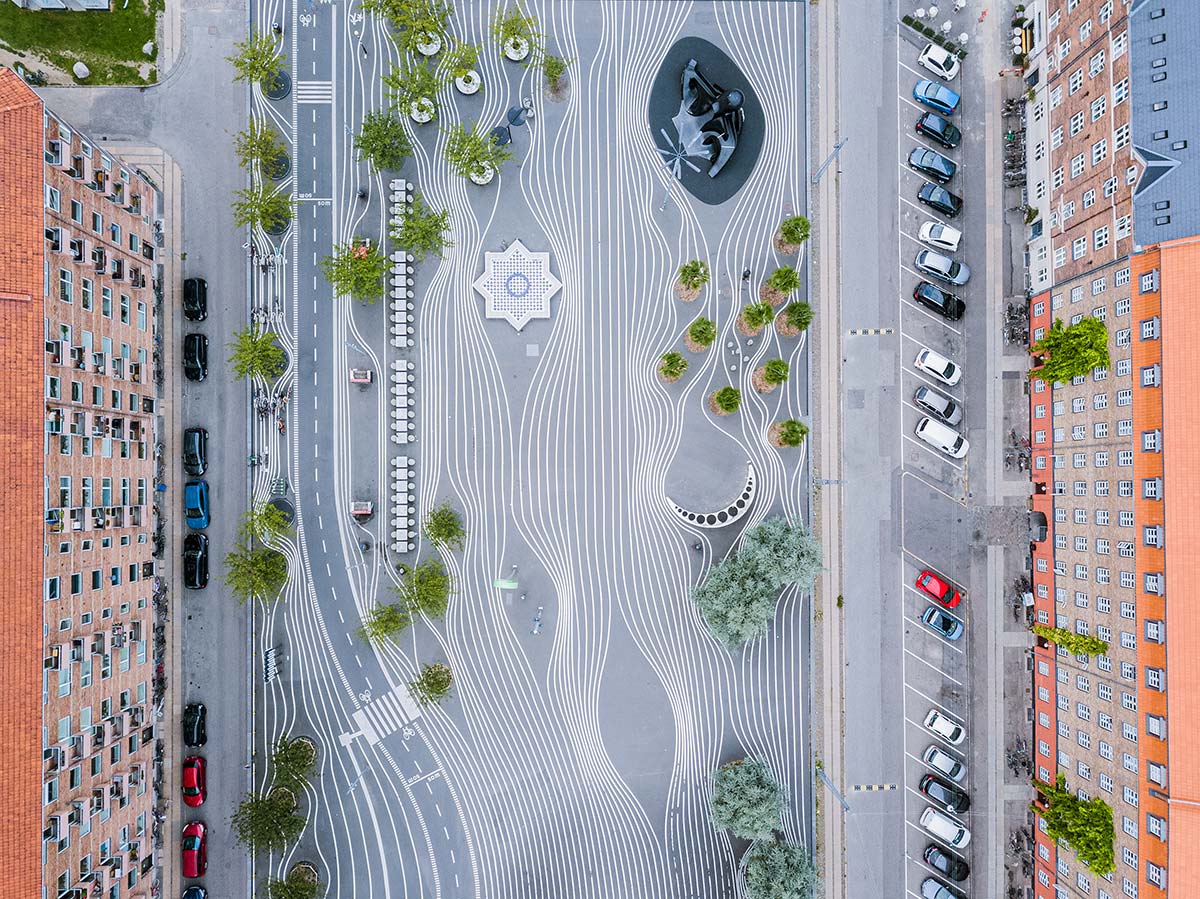
The Superkilen linear urban park
Another project signed by Bjarke Ingels’ practice, which has its headquarters here in Copenhagen, the Superkilen is an example of a perfectly successful urban redevelopment. Ingels, in fact, has succeeded in giving new life and light to an area of little urban value, while creating new opportunities for the inhabitants of the area. The large park is divided into three areas, each characterised by a colour and a strong graphic imprint: the western one is in red, the central one in black and dark grey and the remaining one in a more traditional lawn green. In the centre of the Superkilen runs a two-lane cycle track that cuts across the park in length and orders the themed areas on its sides. A confirmation of how much the entire city of Copenhagen has fully embraced the bike-friendly philosophy and manages to give its public spaces a bike-friendly dimension.

